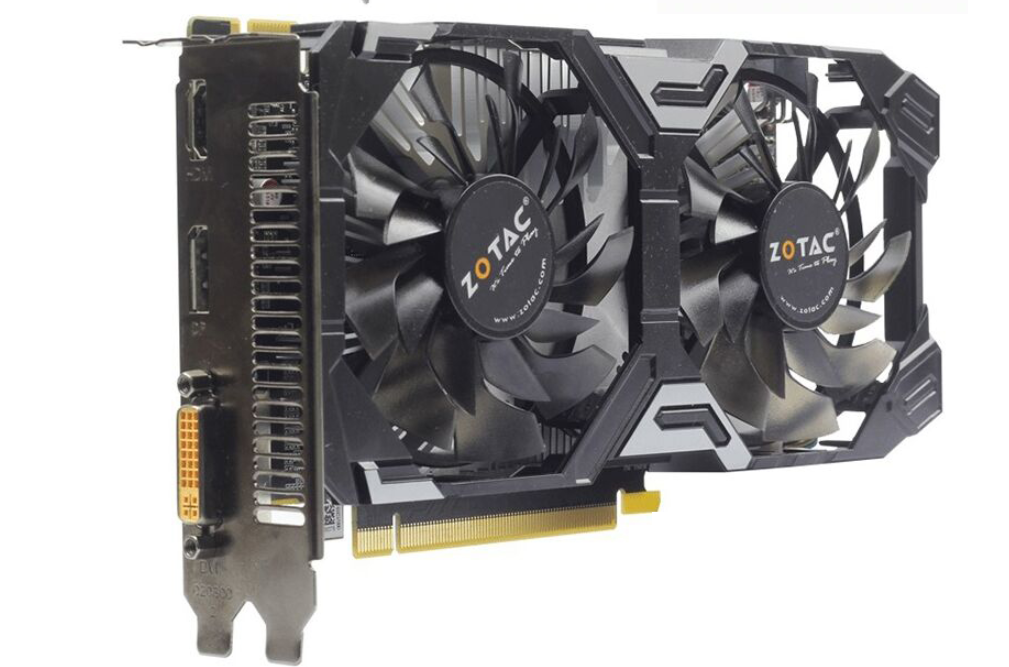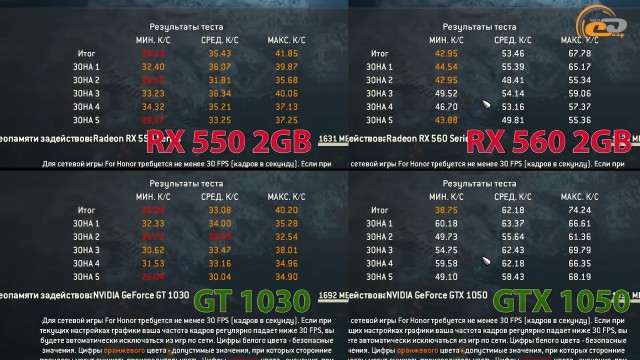

Third, it's cheaper, with a base price of $139 for a 2GB card, as opposed to $149 for the 1GB card. Second, it's clocked higherthe HD 7790 was clocked at 1GHz core clock and 1,500MHz memory, while the R7 260X clocks in at 1,100 MHz core and 1,625MHz for a gain of 10 percent and 8 percent, respectively. First, it doubles its onboard RAM buffer, up to 2GB, from 1GB. The R7 260X improves on the Asus HD 7790 in three ways. The graphics card features two DVI ports, an HDMI port, and a DisplayPort and can drive up to three monitors off one card. Like the Asus HD 7790, the R7 260X ($288.99 at Amazon) (Opens in a new window) is based on the company's Bonaire GPU, with 896 stream processors, a 128-bit path to main memory, 56 texture mapping units, and 16 render outputs. The AMD Radeon R7 260X ($139 list), a refresh of the Asus Direct CU II Radeon HD 7790 that we reviewed last year, is the company's main strike against Nvidia's lock on the budget graphics card market. Lags behind the competition in performance.How to Set Up Two-Factor Authentication.How to Record the Screen on Your Windows PC or Mac.


It is measured in millions of texels per second. The better this number, the better the graphics card will be at texture filtering (anisotropic filtering - AF). This figure is worked out by multiplying the total amount of texture units of the card by the core clock speed of the chip.

Texel Rate: Texel rate is the maximum texture map elements (texels) that can be applied in one second. It especially helps with AA, High Dynamic Range and high resolutions. The better the bandwidth is, the faster the card will be in general. If it uses DDR memory, it should be multiplied by 2 again. It's calculated by multiplying the bus width by its memory speed. Memory Bandwidth: Memory bandwidth is the maximum amount of information (measured in megabytes per second) that can be moved over the external memory interface within a second.


 0 kommentar(er)
0 kommentar(er)
